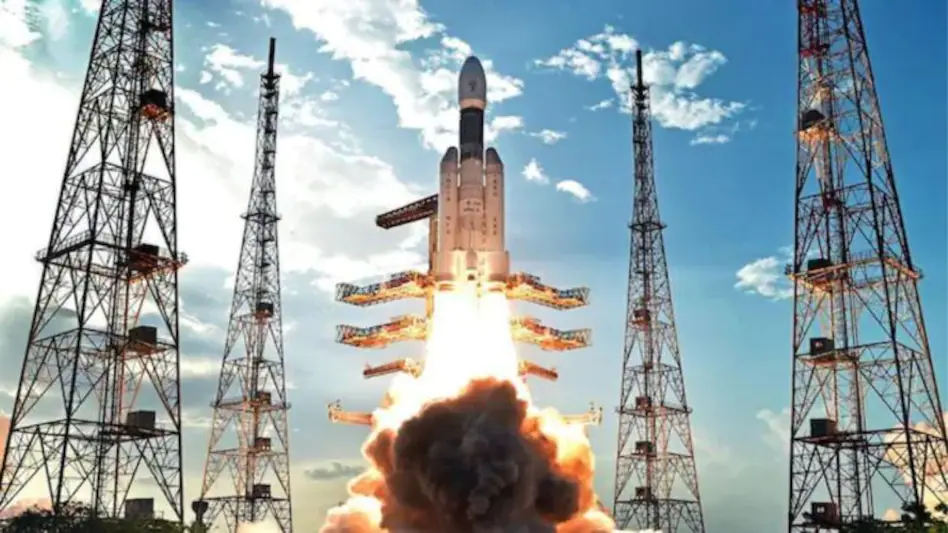On November 26, the Indian Space Research Organization will launch the PSLV-C54/EOS-06 mission from Sriharikota Spaceport with Oceansat-3 and eight nano satellites on board.

The national space agency has set the launch for Saturday at 11.46 a.m. A senior official from ISRO responded when asked about the passengers on board the rocket: “The mission includes EOS-06 (Oceansat-3) plus eight nano satellites (BhutanSat, “Anand” from Pixxel, Thybolt two numbers from Dhruva Space, and Astrocast – four numbers from Spaceflight USA).
Separately, on Sunday, the first Gaganyaan human spaceflight program’s crew module deceleration system underwent the Integrated Main Parachute Airdrop Test (IMAT) at the Vikram Sarabhai Space Centre of the Indian Space Agency.
The parachute airdrop took place in the Uttar Pradeshi district of Jhansi.
In addition to the smaller ACS, pilot, and drogue parachutes, the Gaganyaan deceleration system consists of three main parachutes that slow down the crew module to a safe landing speed, according to a statement from ISRO.
The ISRO added that the IMAT test replicated the scenario when one main chute failed to open, adding that two of the three primary chutes are sufficient to land the astronauts on earth, while the third is redundant. The integrated parachute airdrop test, or IMAT test, is the first of several scheduled tests that will replicate various parachute failure scenarios before the parachute system is approved for use in the first human spaceflight mission.
Using an IL-76 aircraft from the Indian Air Force, a five-ton dummy mass—equivalent to the crew module mass—was flown to a height of 2.5 kilometres before being dropped. The main parachutes were then drawn by two tiny pyro-based mortar-deployed pilot parachutes.
The main parachutes’ complete inflation slowed the payload down to a speed that was safe for landing. The entire process took between two and three minutes, during which the scientists anxiously watched as the various stages of the deployment procedure developed.
ISRO and the Defense Research and Development Organization collaborated on the design and development of the parachute-based deceleration system (DRDO).











